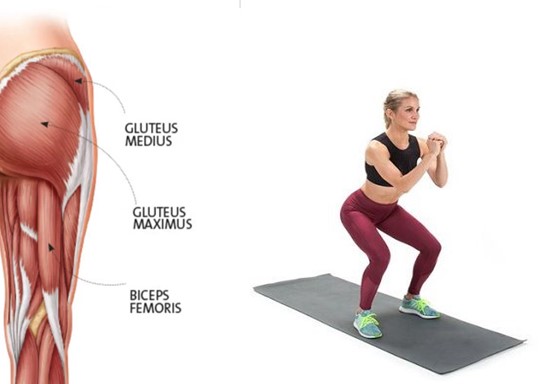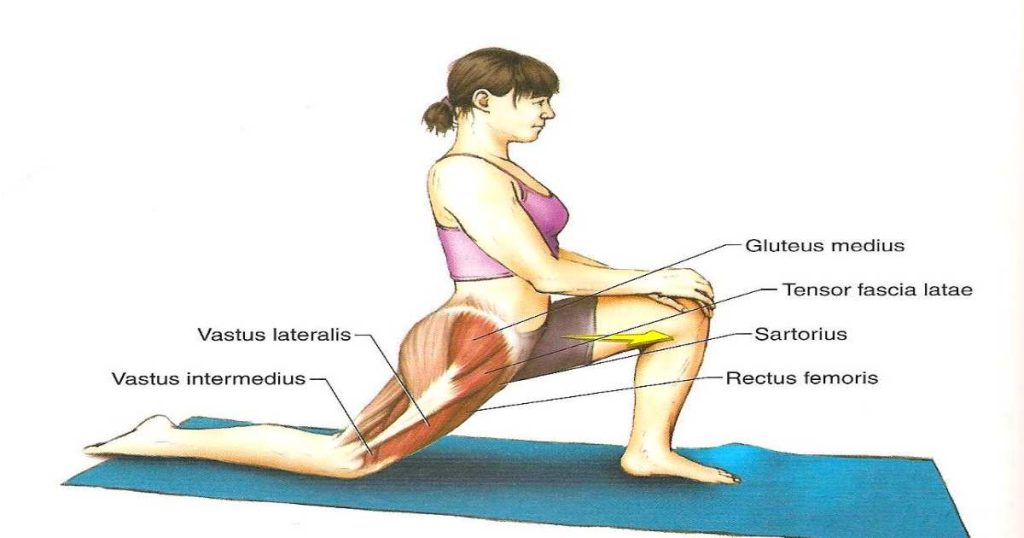Aging is a normal part of life – that’s what we know . It usually causes sarcopenia or age-related muscle loss. And while old age seems a long way off, you might be surprised to learn that sarcopenia can start as early as 30. In fact, a sedentary 30-something can begin to lose 3 to 5 percent of their muscle mass each year. decade. Clearly, the stakes are high. Even active people can lose some muscle. So how do you limit this from happening?
holistic prevention
The concept of early prevention of sarcopenia has been gaining strength. After all, strength and muscle mass in later years aren’t just related to diet and exercise during that time. It is also associated with peak muscle mass in youth. This means that the best time to prevent sarcopenia is RIGHT NOW. Of course, it doesn’t matter if you’re in your prime or middle age. Early intervention and careful attention to diet and exercise are crucial. So instead of hoping for a miracle in your old age, don’t put it off. It’s never (never) too early to start.
Here are 4 ways to stop age-related muscle loss.
1. Increase protein intake
Protein can change things when it comes to muscle building. According to research, an increase in protein intake can actually stimulate muscle protein synthesis. Studies also suggest that in addition to meeting RDI (recommended daily intake) protein requirements, seniors should get 25 to 30 grams of “high-quality protein” at each meal. And since protein intake below 20 grams can actually blunt muscle protein synthesis in older people, these recommendations are worth keeping in mind. Not sure where to start? Here are some of the foods that will increase your protein intake:
- fish or shellfish
- Poultry
- Meats such as beef, lamb, or pork
- Eggs
- tofu
- Lentils and beans
- Nuts
- Milk, yogurt, cheese and other dairy products
Whey protein or casein?
Sometimes you may be advised to supplement with protein powders. These basically make up the post-workout protein shakes that fitness buffs and bodybuilders often drink. However, with so many options available, you might be feeling super confused. Should You Take Whey Protein? Or casein? Or none at all? According to research, buttermilk is the best option. It has been shown to be more effective at increasing muscle protein synthesis compared to casein. If you’re still confused, don’t hesitate to talk to your doctor or nutritionist.
2. Strengthen your muscles with vitamin D
Your body needs vitamin D to maintain neuromuscular function and muscle strength. For example, a study commissioned by the Society for Sarcopenia, Cachexia, and Wasting Disease shared that those with low vitamin D levels would need to normalize their intake in order to manage sarcopenia.
Start by getting your daily dose of sunshine. You can also get vitamin D through food:
- Fatty fish such as sardines, salmon, mackerel, and tuna
- cod liver oil
- Eggs
- Cereal fortified with vitamin D
- Milk fortified with vitamin D
3. Exercise to stop muscle loss and maintain muscle tone
Proper nutrition is important, but it doesn’t stop there. Physical activity is also important. According to experts, retaining muscle tone and stopping age-related muscle loss requires regular aerobic and resistance exercise. It’s the perfect reason to get going.
Progressive resistance training
Even the most active people cannot totally prevent age-related muscle loss. Professional athletes are not spared either. So why bother exercising? It boils down to a difference in onset rate and degree of loss. Physical inactivity simply speeds up the condition. A study on aging suggests a broader “public health approach” to prevent (and halt) the progress of sarcopenia. Regardless of age, higher levels of physical activity may hold the key to preventing large-scale disability in the elderly. For some, progressive resistance training may be more effective.
Frequency, weight and duration difficulty is the main focus here. This should be progressively increased as you build capacity, strength, and endurance over time. What if he is an old man? It’s best to ditch the dumbbells and use your own body weight to generate resistance. Try these routines and see what works for you.
- Getting up from a sitting position in a chair
- squats
- Pilates
- Yoga
- Tai Chi
strength exercises
Strength exercises have been recognized for their beneficial effect on the increase and maintenance of muscle mass. The result is something special: a better quality of life for older adults. Strengthening exercises should be done twice a week for about half an hour, taking care to rotate the muscle group involved.
To get started, try these exercises shared by the National Institutes of Health for Older Adults.
- chair squats
- Resistance Band Exercises While Sitting
- elbow extensions
- Arm or wrist curl
- side arm raise
- knee curls
- Raises for the toes
- Leg straightening
flexibility exercises
Flexibility exercises can also help. This may include gentle stretches up and out, bending your arms and legs, or touching your knees with your fingertips while keeping your legs straight. The best part? You can do this when you wake up, while in bed, or even in a seat. Don’t be afraid to experiment and see what works best for you.
aerobic exercise
For older people in good health , the American Heart Association recommends getting about 30 minutes of moderate aerobic activity every day. You can try:
- Walk
- Swimming
- Dancing or exercising to the rhythm of music
Yoga
the power of yoga it could be exactly what you need to delay sarcopenia and limit atrophy. For example, muscle atrophy in astronauts is quite similar to sarcopenia in the elderly. One report found yoga to be helpful in relieving and rehabilitating those astronauts, suggesting a similar application for the elderly. Specifically, there are four asanas (Padmasana, Sarvangasana, Halasana, and Sirshasana) that can help build muscle tone. Kapalbhati posture and Shakti mudra are able to stimulate metabolism, build muscle tissue and improve neuromuscular transmission. These actions can work together to stop sarcopenia. Along with light morning stretches, practicing gentle yoga will also keep your circulation going. It’s time to get your stretching going!
4. Control other diseases to stop sarcopenia
Many studies have looked at sarcopenia in conjunction with existing illnesses. Compared to normal healthy people, sarcopenia is more common in those with conditions such as obesity, osteoporosis, osteopenia, type 2 diabetes, and breast cancer. So it makes sense that fighting or managing the other health condition can help slow muscle loss.



Very efficiently written information. It will be valuable to anyone who utilizes it, including myself. Keep doing what you are doing – for sure i will check out more posts.